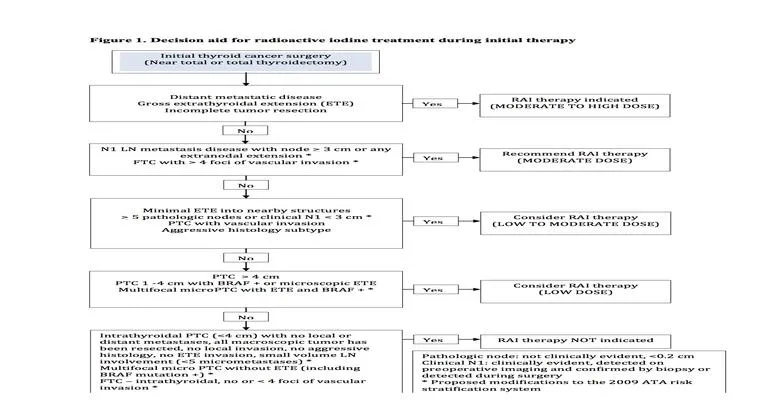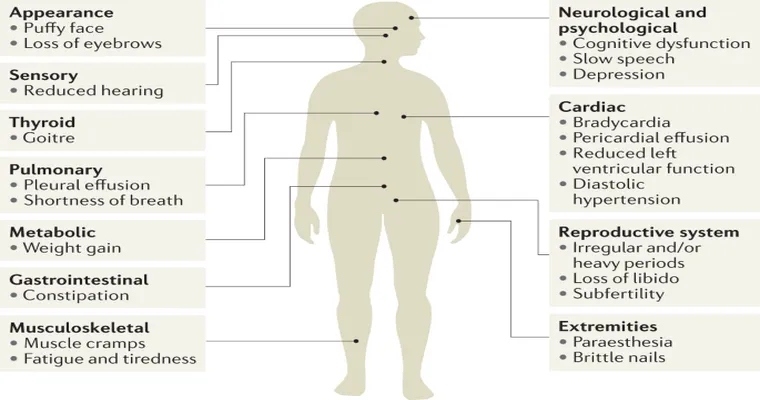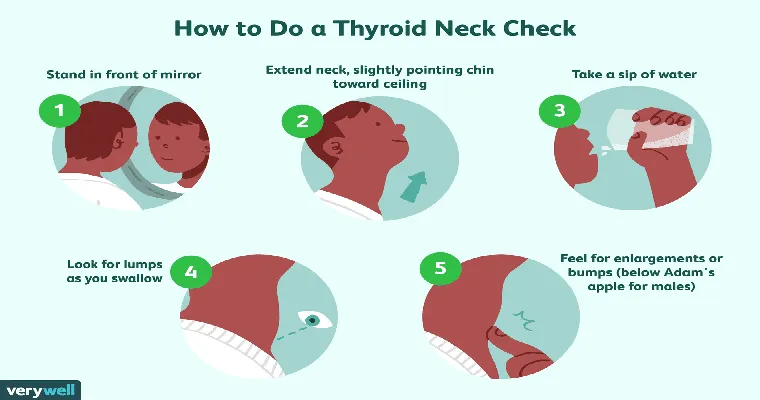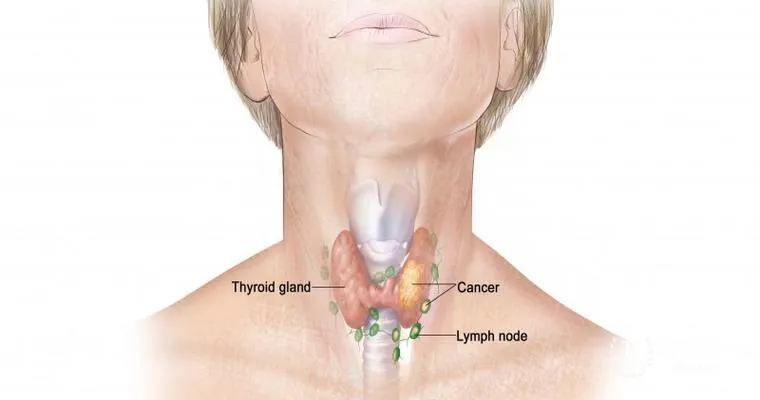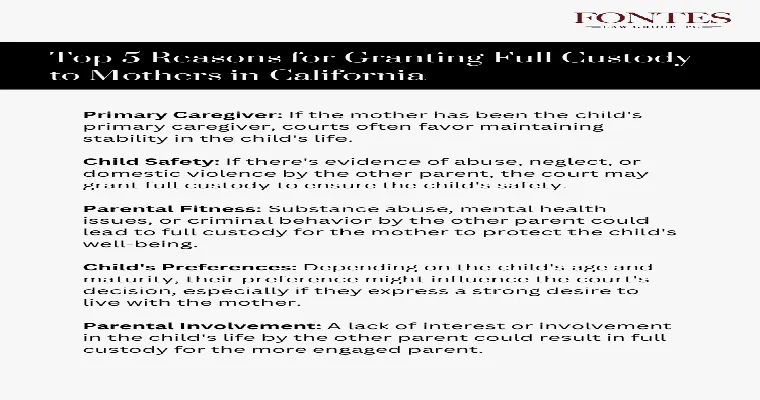Hurthle carcinoma is a rare and aggressive form of thyroid cancer that often poses significant challenges in treatment and management. For patients who undergo radiation therapy, understanding the "survival timeline" after treatment is crucial for planning their future care and coping strategies. This article aims to provide insights into the factors affecting survival rates and the typical "prognosis" for individuals diagnosed with advanced "Hurthle carcinoma" post-radiation.
Understanding Hurthle Carcinoma
Hurthle carcinoma, also known as Hurthle cell carcinoma, arises from the follicular cells of the thyroid gland. It is characterized by the presence of Hurthle cells, which are larger than normal thyroid cells and have abundant cytoplasm. This type of cancer is known for its aggressive behavior, higher likelihood of metastasis, and lower responsiveness to conventional therapies compared to other forms of thyroid cancer.
Treatment Options and the Role of Radiation
For patients diagnosed with advanced Hurthle carcinoma, treatment typically involves a combination of surgery, radioactive iodine therapy, and external beam radiation. While surgery remains the primary treatment, radiation is often employed when cancer has spread or when there is a high risk of recurrence. The decision to use radiation therapy is based on the individual patient's disease characteristics, overall health, and other factors.
Survival Timeline After Radiation Therapy
The survival timeline after radiation therapy for advanced Hurthle carcinoma can vary significantly from patient to patient. Factors influencing survival include the stage of the cancer at diagnosis, the patient's age and overall health, and how well the cancer responds to treatment.
Research indicates that the average survival rate for patients with advanced Hurthle carcinoma post-radiation can be less favorable compared to other types of thyroid cancer. Generally, the "five-year survival rate" for patients with advanced disease may range from 30% to 60%. However, some studies suggest that patients who achieve a complete response to radiation may experience longer survival times, sometimes exceeding ten years.
Factors Influencing Survival
Several key factors can influence the survival timeline for patients with advanced Hurthle carcinoma after radiation:
1. "Disease Stage": Patients diagnosed at an earlier stage often have better outcomes than those with more advanced disease.
2. "Response to Treatment": A positive response to radiation therapy can significantly improve survival rates.
3. "Age and Health": Younger patients and those in better overall health typically have a more favorable prognosis.
4. "Metastasis": The presence of metastases at the time of diagnosis greatly impacts survival. Patients with localized disease tend to fare better than those with distant spread.
Ongoing Monitoring and Support
Post-treatment, ongoing monitoring is essential for detecting any signs of recurrence or progression. Regular follow-ups with healthcare providers, including endocrinologists and oncologists, are critical to managing the long-term effects of treatment and maintaining overall health. Support groups and counseling may also be beneficial for patients and their families as they navigate the emotional and psychological challenges associated with a cancer diagnosis.
Conclusion
In summary, the survival timeline for patients with advanced Hurthle carcinoma after radiation therapy can be influenced by various factors, including the stage of cancer, treatment response, and patient-specific characteristics. While the prognosis may be challenging, advancements in treatment options and comprehensive care can help improve outcomes for those affected. It is crucial for patients to maintain open communication with their healthcare teams to tailor the best approach for their unique circumstances. Understanding these aspects can empower patients and families as they face the journey ahead after undergoing radiation therapy for Hurthle carcinoma.

